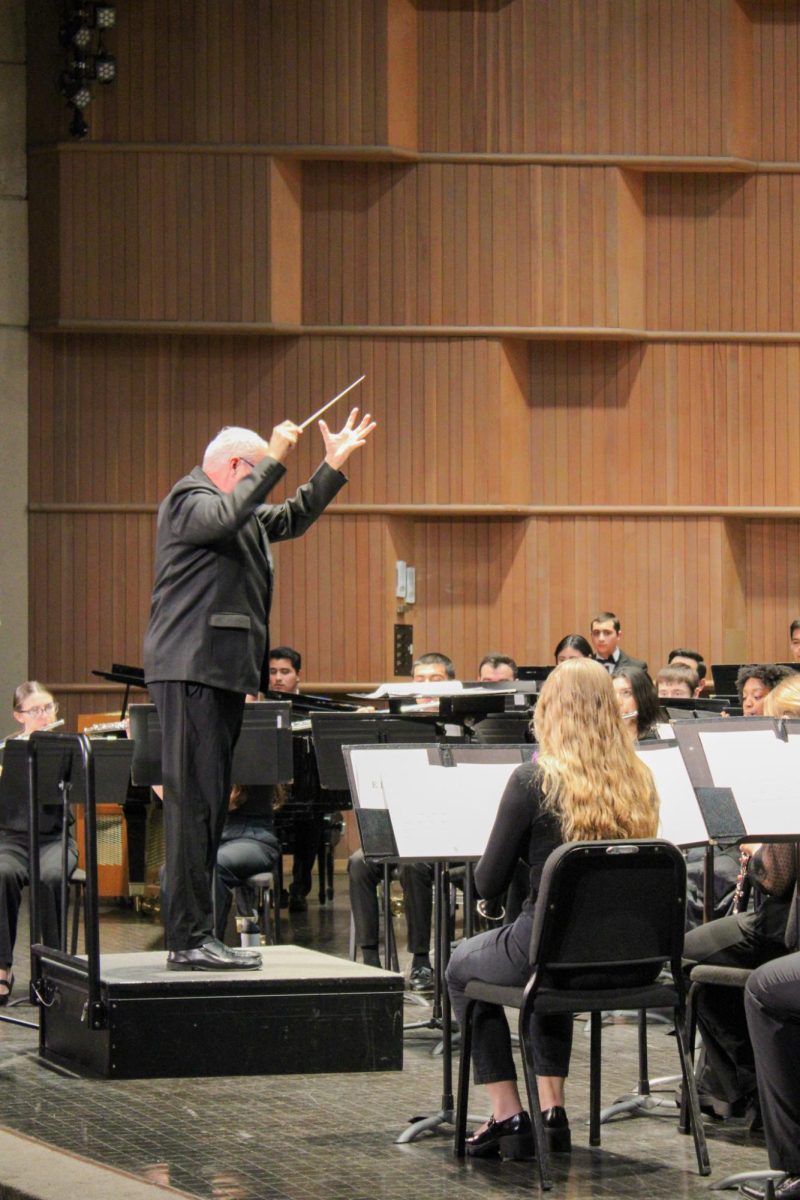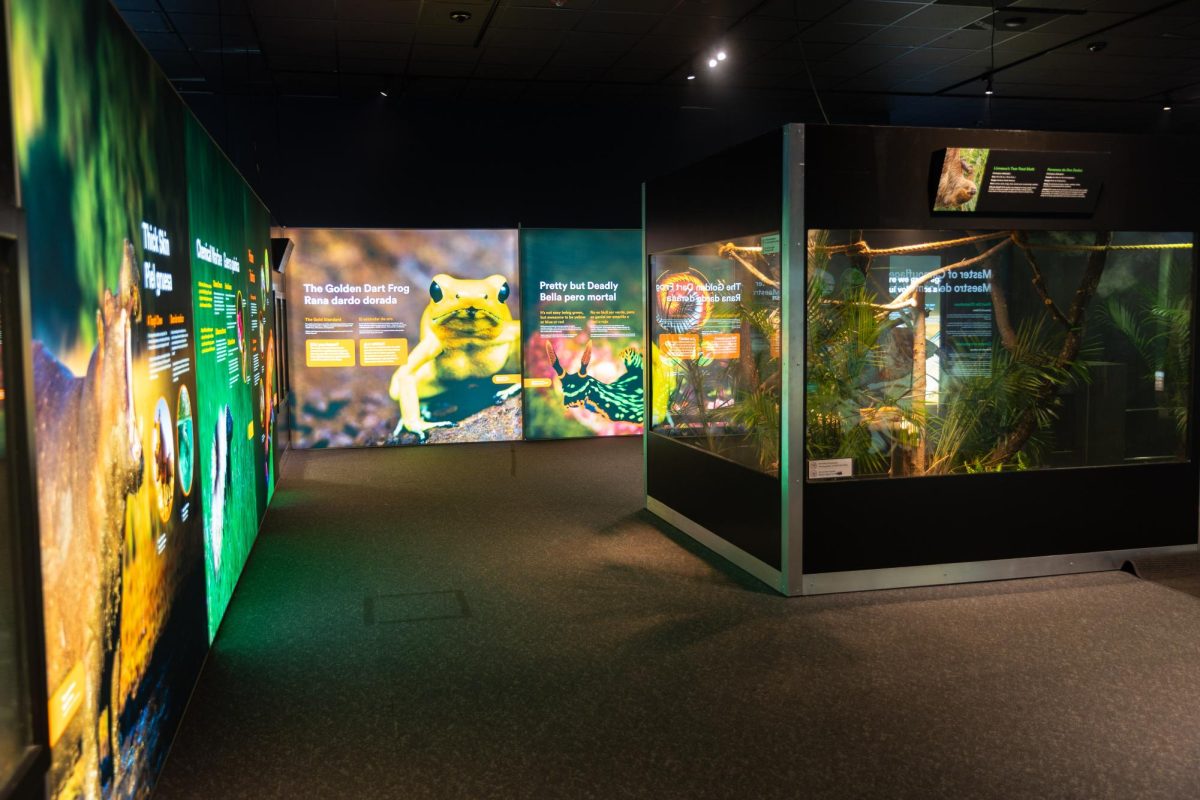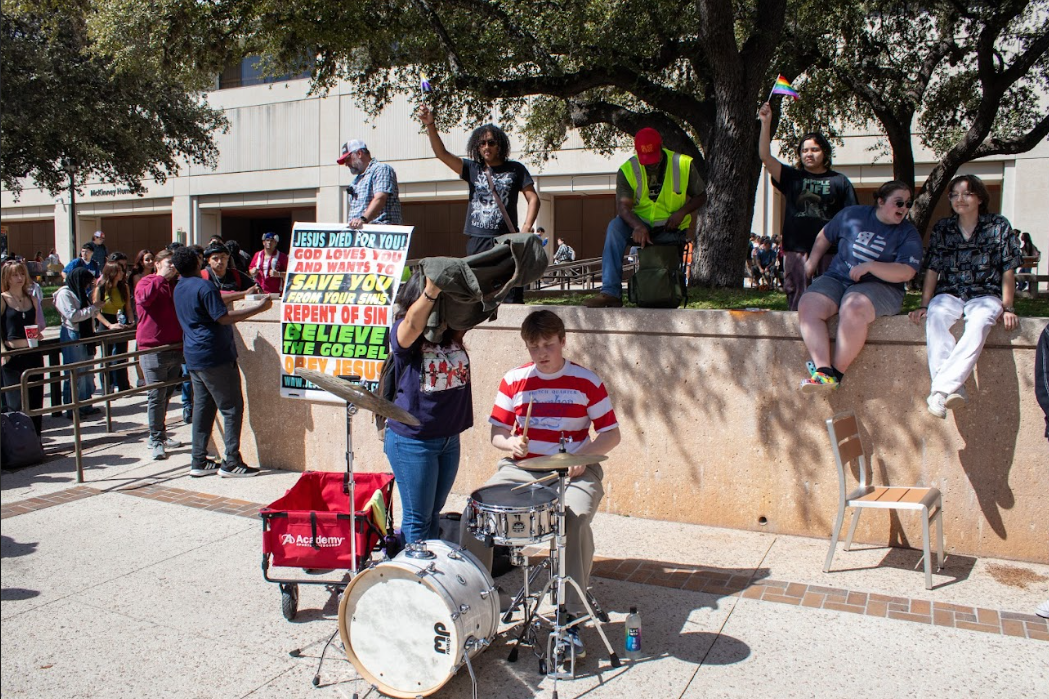Amidst plans to tear down and relocate the original structure, the Institute for Texan Cultures (ITC) was designated a State Antiquities Landmark on Friday, Oct. 25.
Originally built as the Texas Pavilion to showcase the state’s diverse history and cultures, the 180,000-square-foot building is one of the last surviving constructions from the city’s 1968 World’s Fair. After the fair closed in early October 1968, the University of Texas System received the building and the 96 acres around it. The structure has since housed UTSA’s ITC. However, attendance at the museum has dwindled in recent years, and the building is in need of $74 million in repairs, according to San Antonio Express-News.
In February, the UT Board of Regents granted the City of San Antonio an exclusive option to buy or lease the ITC property. Due to the needed upgrades, UTSA closed the ITC in May, with plans to temporarily relocate its collection into a display inside Frost Bank Tower.
Although the board had not publicly discussed the details of that vote, the agenda for the February meeting said the transaction was for a “potential downtown revitalization project,” named Project Marvel. This decision was followed by the release of emails from the city in August, revealing it would cost an estimated $3-4 billion to transform the southeast part of downtown into a revitalized sports and entertainment district. Improvements include a re-imagined Alamodome, improvements to the Henry B. Gonzalez Convention Center, a potential land bridge over I-37 and plans for a new hotel.
However, the structure has now been designated as a significant part of Texas history, complicating those plans. Louis Vetter, president of San Antonio’s Conservation Society, emphasized the building’s cultural importance. “It really does have some historic significance to the Hispanic community and architecture, as well as the state of Texas,” he noted.
“We’ve actually received status of the state antiquities landmark designation from the Texas Historic Commission.”
The commission approved the designation Friday in a 7-2 vote, which carries more protections for the building. “They are far more bound to preserve and find alternate uses and preserving the structures involved,” Vetter added.
However, the protections are not absolute. State Antiquities Landmark designation does not mean that sites or buildings cannot be altered or destroyed, only that the land-owning agency must consult with the Texas Historical Commission about such proposed actions through the permit process, and the Commission will determine whether the work will be allowed.
“UTSA has always acknowledged the historical significance of the Texas Pavilion, which is reflected in our efforts to honor its history with extensive documenting and storytelling in our new museum,” Associate Vice President for Strategic Communications and External Affairs Joe Izbrand said.
Officials at UTSA said they intend to proceed with moving the museum, demolishing the structure and selling the land. “The university continues to look at how to best maximize and monetize the resources of the Hemisfair Campus to support the temporary and future, permanent homes of the ITC. The university will continue its redevelopment plans.”
During the meeting on Friday, members of the Texas Historical Commission maintained the aging building is not going anywhere. “Everybody likes a fair fight, and I don’t think we’re in one. We stand for Texas history, we don’t stand for the University of Texas or any of its affiliates,” Commissioner David Gravelle said during the meeting. “We don’t fold like tacos. We fight.” For now, the future of the ITC building remains uncertain.









